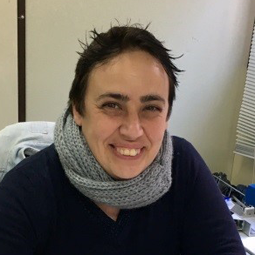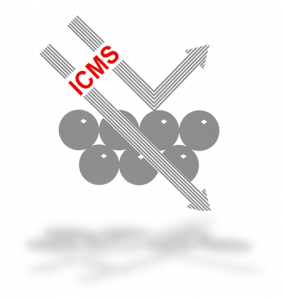2020

15 enero
Cold Plasma Processes for Surface Modification of Materials (Abstract)
Prof. Charafeddine Jama
Universidad de Lille, Francia

19 febrero
Effect of gold particles size on Au/C catalyst selectivity in HMF oxidation reaction
Dra. Svetlana Ivanova
2022

26 septiembre
Small scale high performance photonic devices for biomedical, agricultural, and environmental applications
Prof. Ibrahim Abdulhalim
Department of Electro-Optics and Photonics Engineering and The Ilse Katz Institute for Nanoscale Science and Technology, ECE School, Ben Gurion University, Israel
2023

29 junio
Dried whole blood as a material for the detection of pathogens
Prof. Enrique Valera
Universidad de Illinois Urbana-Champaign, Estados Unidos de América

14 septiembre
Nanomaterials at the frontline of the energy challenge
Prof. Valeria Nicolosi
UTrinity College Dublin, School of Chemistry, CRANN, AMBER and IForm Centres, Dublin 2, República de Irlanda
Instituto de Ciencia de Materiales de Sevilla
Centro de Investigaciones Científicas Isla de la Cartuja. C/Américo Vespucio, 49 – 41092 Sevilla (España)
Tel.: (+34) 954489527 | Fax: (+34) 954460165 |
